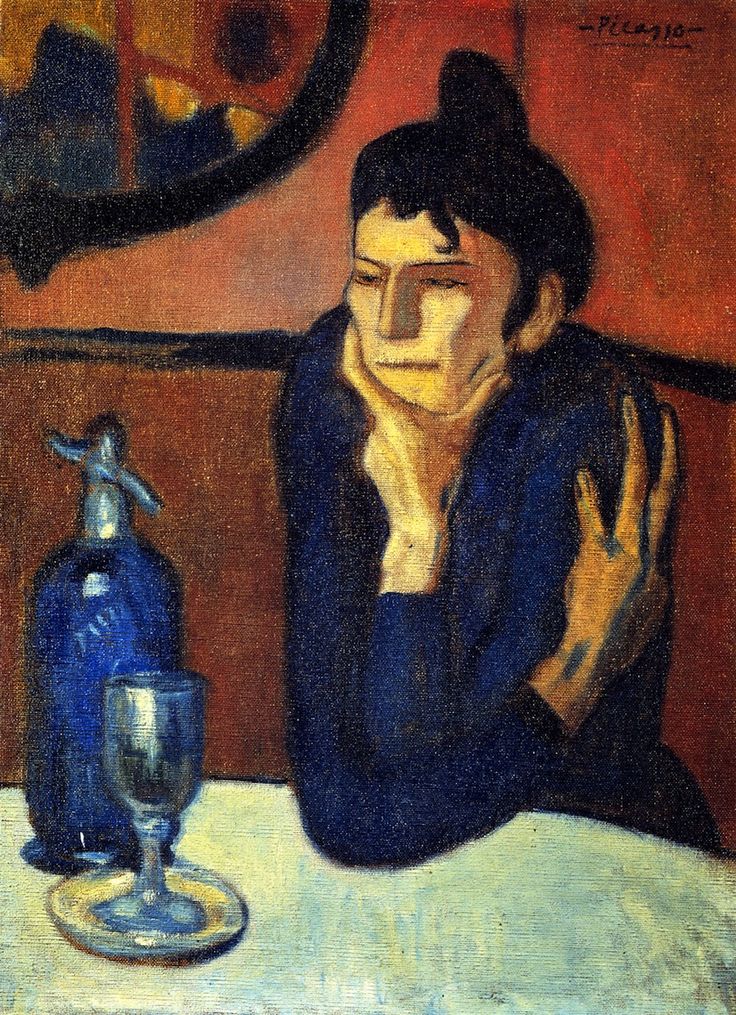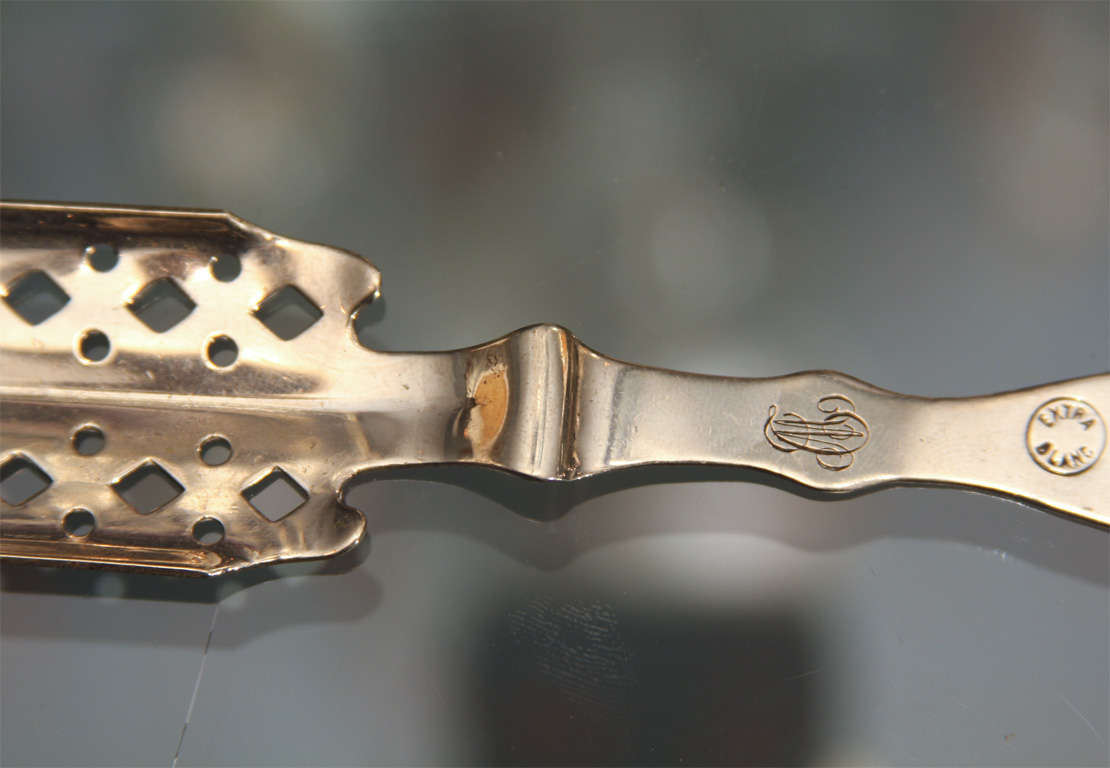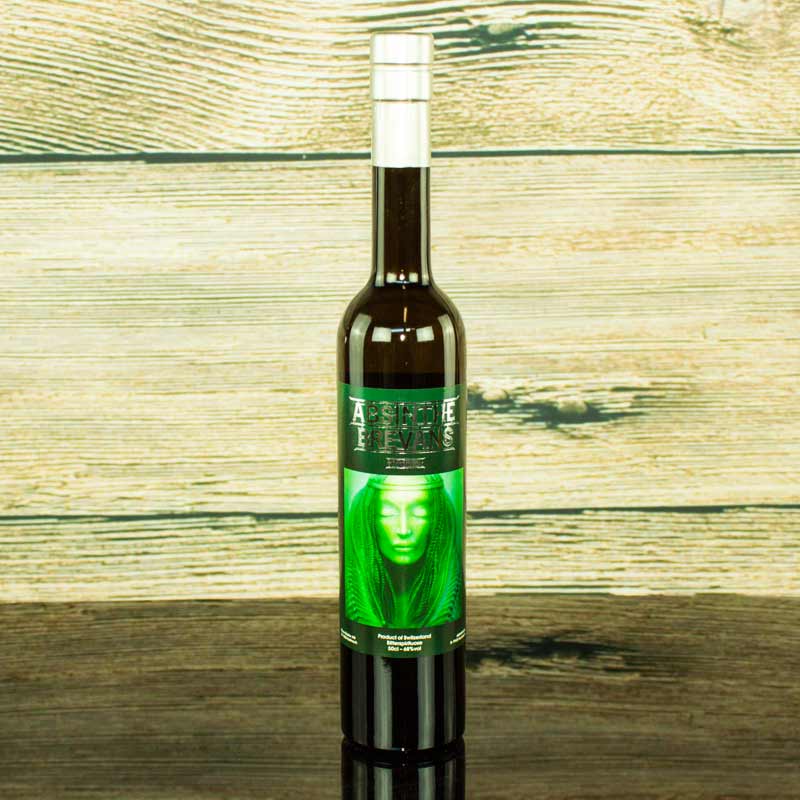


The blend of absinthe and water releases many of the herby extracts contained in the drink.


The manner by which absinthe is poured will prepare you for a relaxing, enjoyable experience. However, there is a case to be made for the pure enjoyment of absinthe as a calming, revelatory experience in itself. The effects of this high alcohol content, even when diluted in water, as the classic French absinthe pour goes, would have more to do with any physical or mental effects you’ll feel in absinthe. Most absinthes are bottled at or above 70% alcohol by volume. We strongly recommend that you do not drink absinthe in excess, as the alcohol content is so high.Absinthe is one of the more potent alcoholic drinks available. However, the levels of thujone in absinthe are relatively low, and it would take you a dangerous amount of drinks to be chemically effected by thujone. The laws governing absinthe worldwidehave less to do with the drink itself and more to do with the thujone contained therein. So how true are the rumors? How does absinthe compare to other spirits?Ībsinthe does contain a psychoactive ingredient, thujone, which is a byproduct of wormwood. The Green Lady became the Green Curse, and when absinthe was outlawed in much of the Western world, the reputation of absinthe as a powerful hallucinogenic grew along with popular curiosity about the psychoactive ingredients in the drink. The nickname, however, changed as the mental effects of absinthe were exaggerated and blamed for madness, sloth, and even murder. The nickname given to absinthe, La Fee verte (The Green Lady), comes from the “love affair” many drinkers had with absinthe, granting the drink the status of a muse. The enigma of the emerald absinthe comes from the infamous rumors about the effect it has on those who drink it. However, English criticism tended to be about what was seen as the low moral standards depicted rather than the painting’s artistic merits.The charm of absinthe is its history the allure is its pour. The following year, the painting was exhibited in England, where it also received trenchant criticism. It was exhibited again in 1892, but the reception was still extremely negative, with some people actually booing at the work. So hostile was the reception that the painting remained unsold and was placed in storage for sixteen years. The painting was slated by art critics when it was first exhibited, and even described as ugly. It was in Florence that he met and befriended Degas, who was then studying at the Uffizi. Desboutin was well-travelled and lived for a time in Florence in Italy. Marcellin Desboutin was the subject of a portrait by Edouard Manet in 1875. In that picture, Andree is portrayed holding a glass to her mouth and is the only person in the painting who is drinking. Ellen Andree is one of the subjects in Paul Cezanne’s painting Luncheon of the Boating Party, painted about four years later. Interestingly, both people in the painting appeared in works by other famous artists. Beside her, to her left, sits a rather scruffy looking Marcellin Gilbert Desboutin, who was a painter, author and printmaker. The center of the painting depicts the actress Ellen Andree, looking down sullenly at a glass of absinthe. Apart from Degas, the café was also frequented by Van Gogh and Matisse. The café was a popular venue for several impressionist artists at that time. The painting shows two people sitting in the Café de la Nouvelle Athènes. It is a relatively small painting, measuring 36.2 by 28.8 inches, and is presently part of the Degas collection held in the Musee d’Orsay in Paris. L’Absinthe is a painting in oils on canvas by Edgar Degas that was first exhibited in 1876.


 0 kommentar(er)
0 kommentar(er)
